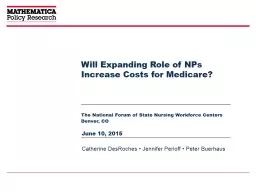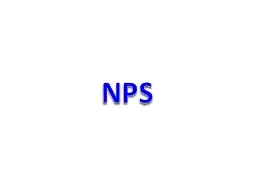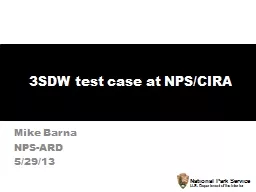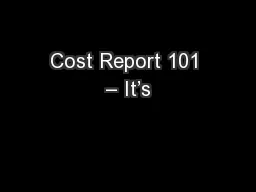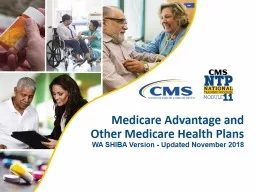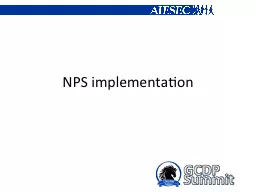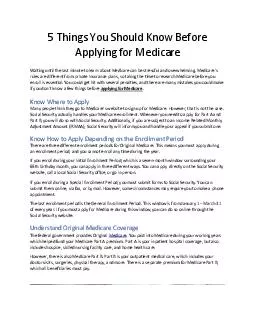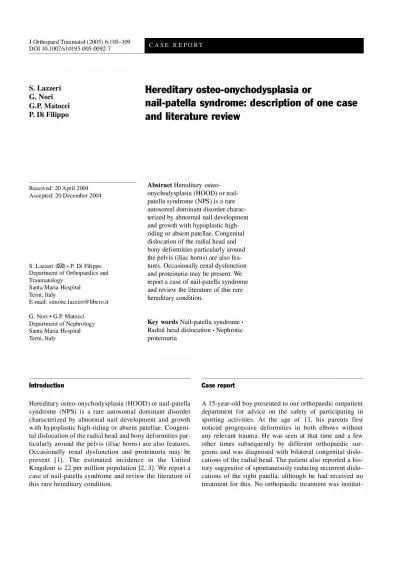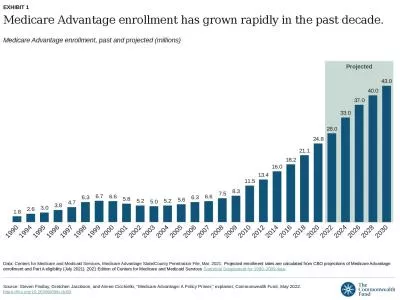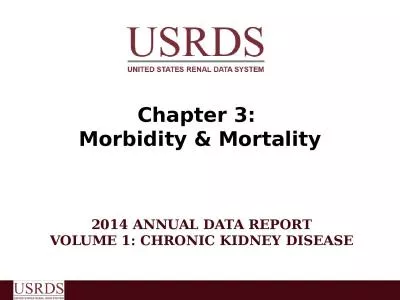PPT-Will Expanding Role of NPs Increase Costs for Medicare?
Author : faustina-dinatale | Published Date : 2017-10-04
The National Forum of State Nursing Workforce Centers Denver CO Catherine DesRoches Jennifer Perloff Peter Buerhaus June 10 2015 Peter Buerhaus Vanderbilt
Presentation Embed Code
Download Presentation
Download Presentation The PPT/PDF document "Will Expanding Role of NPs Increase Cost..." is the property of its rightful owner. Permission is granted to download and print the materials on this website for personal, non-commercial use only, and to display it on your personal computer provided you do not modify the materials and that you retain all copyright notices contained in the materials. By downloading content from our website, you accept the terms of this agreement.
Will Expanding Role of NPs Increase Costs for Medicare?: Transcript
Download Rules Of Document
"Will Expanding Role of NPs Increase Costs for Medicare?"The content belongs to its owner. You may download and print it for personal use, without modification, and keep all copyright notices. By downloading, you agree to these terms.
Related Documents

